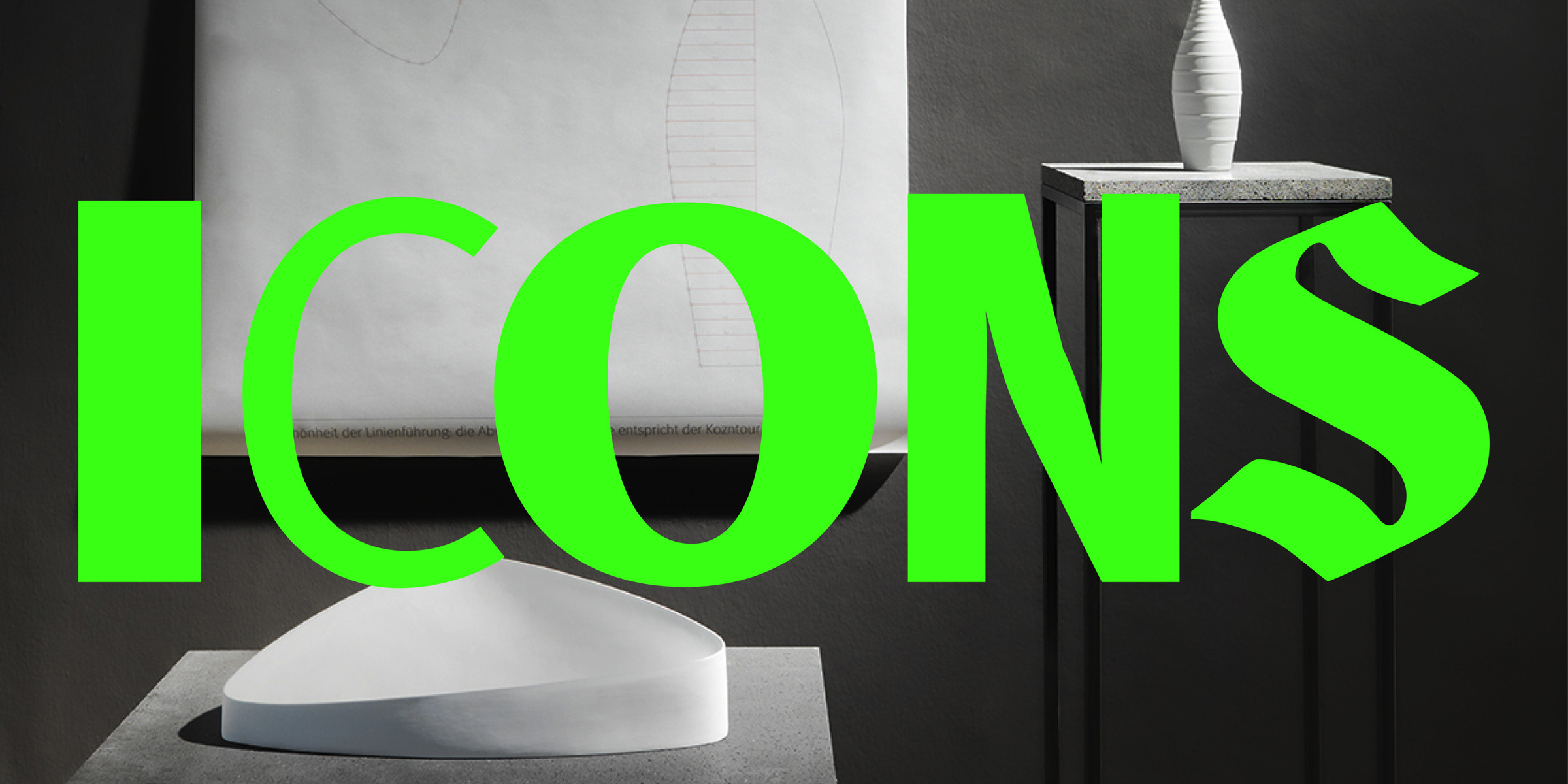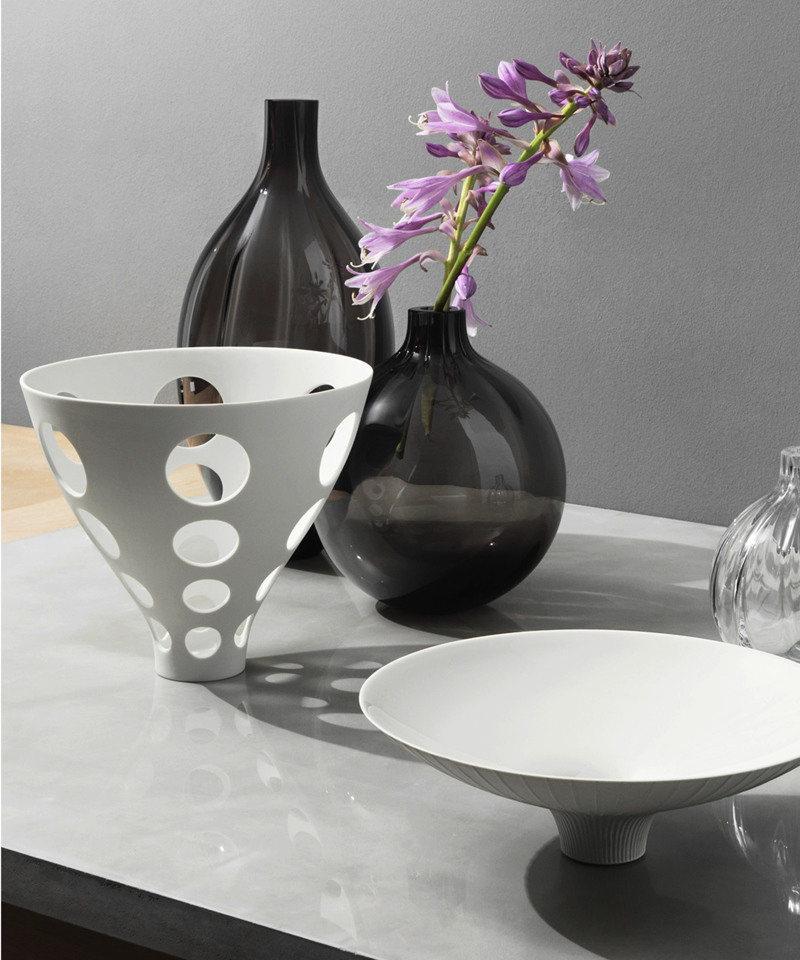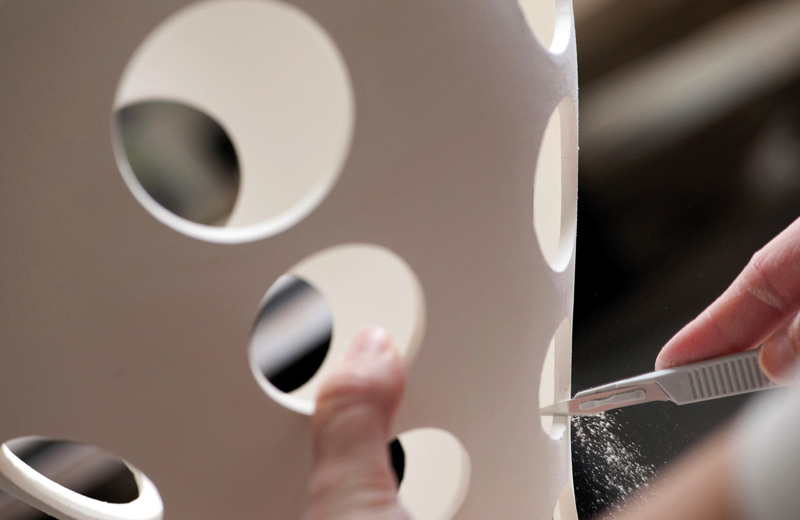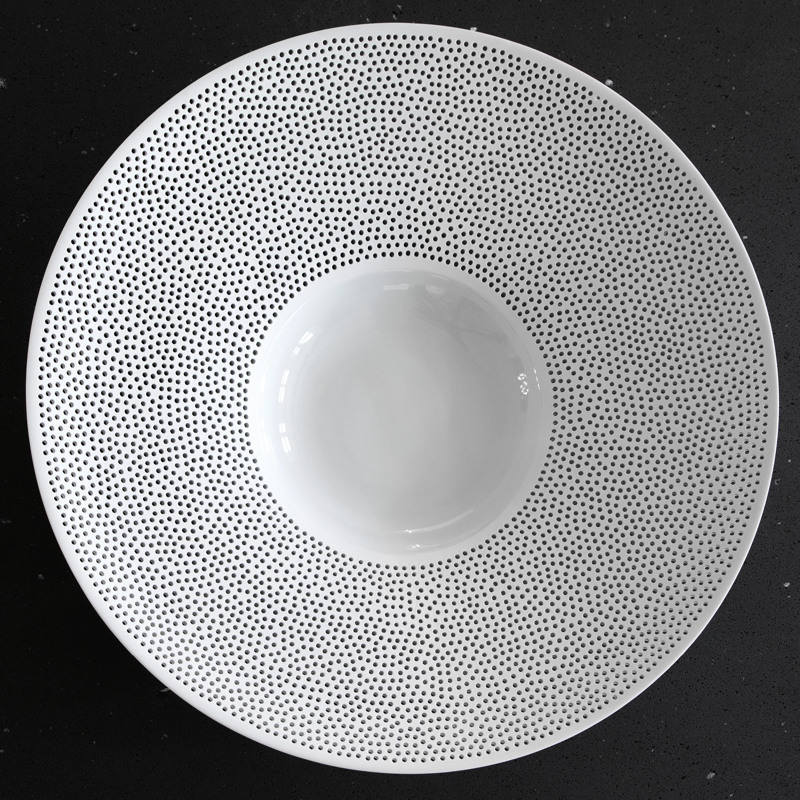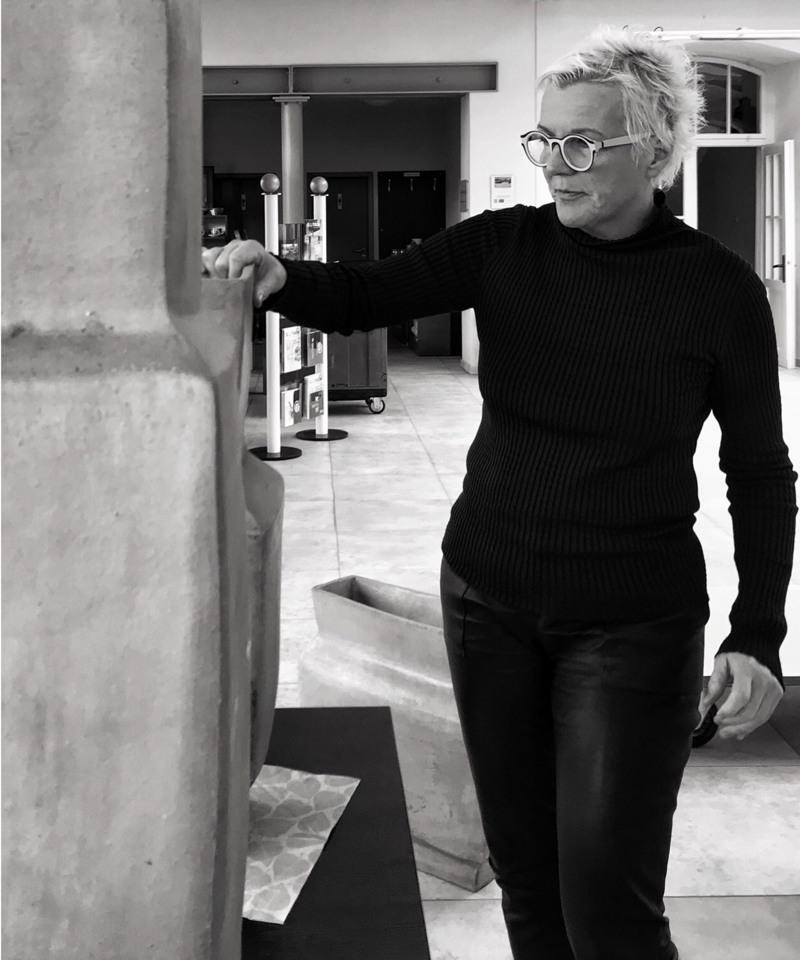A selection of outstanding individual objects by Stefanie Hering
ICONS: Not only do many objects from Hering Berlin’s dining collections, with which designer Stefanie Hering revolutionised the appearance of manufactured porcelain, deserve this designation. Hering has now also named a special selection of pieces ICONS, which shed the corset of a form bound to its function and instead bear much of the artistic thinking of the trained master ceramist and also of her visionary approach to porcelain as a material.
Shop ICONS
These objects are icons of contemporary porcelain culture
Ever since Stefanie Hering began to focus on porcelain in the early 1990s, the artist and designer has not only been working continuously on further developing the craft techniques that have been used for centuries to work with porcelain, she has also been constantly exploring the limits of this material.
Even the Kumme, Form 604, which she first developed in 1992 and is the oldest shape in the entire portfolio, bears vivid testimony to this process: “I first developed the basic shape - a shape that is so sharp that it cracks - and then looked: What does this form create? How far can I go in inscribing structures into it before it loses its sharpness? And: how much substance can I take away before the material loses its stability?”
Shop 'Kumme'
This monolithic form is represented no less than five times in Hering’s ICONS selection: With a pattern of large, circular holes that pushes the stability of the porcelain body to its limits. With wide stripes, a net décor, curls as well as narrow rings, all of which - typical of Stefanie Hering - are white in white and develop their charm through the finest differences in surface texture.
All of these decorations are created solely by a hand-made method developed by Stefanie Hering in long experiments: parts of the velvety delicate surface, which remains as unglazed bisque porcelain, are covered by a layer of shellac, and any segments that remain exposed are then carefully washed out. During the subsequent firing, the shellac burns out, leaving behind a striking yet discreet pattern.
It is precisely this design that characterises some of the extremely wide-rimmed bowls, Form 601, on which one can observe the different effects that white-on-white stripes of different widths can have. The absolute masterpiece among these bowls is a piece from the “Cielo” perforated pattern collection: Here, the finest holes have been punched into the wide rim of the bowl with a hand drill. They not only create a sophisticated play of light and shadow, but also test the stability of the material to its absolute limits.
Shop 'Form 601_020_00'
Finally, the monolithic shells of Form 602 reflect Stefanie Hering’s experiments with the balance of a form: How far can the opening project in relation to the base before the object loses its stability? The two decorations, also applied in shellac technique - once transverse stripes, once staggered longitudinal stripes - underline the abstract-sculptural character of these impressive objects.
Shop ‘Form 602_030_00’
Shop ‘Form 602_030_07’
All the pieces in the ICONS selection are made only by absolute masters of their trade under the guidance of Stefanie Hering. Specially trained by Hering, they have been working with porcelain for years and decades.
Combined with the innovative will to design, the absolute understanding of form and the perpetual dialogue that Stefanie Hering conducts with porcelain, the ICONS are not only landmarks in the collections of Hering Berlin. Stefanie Hering’s ICONS are also true icons in the multifaceted history of porcelain - and are honoured accordingly in the largest design collections worldwide.
Shop ICONS





